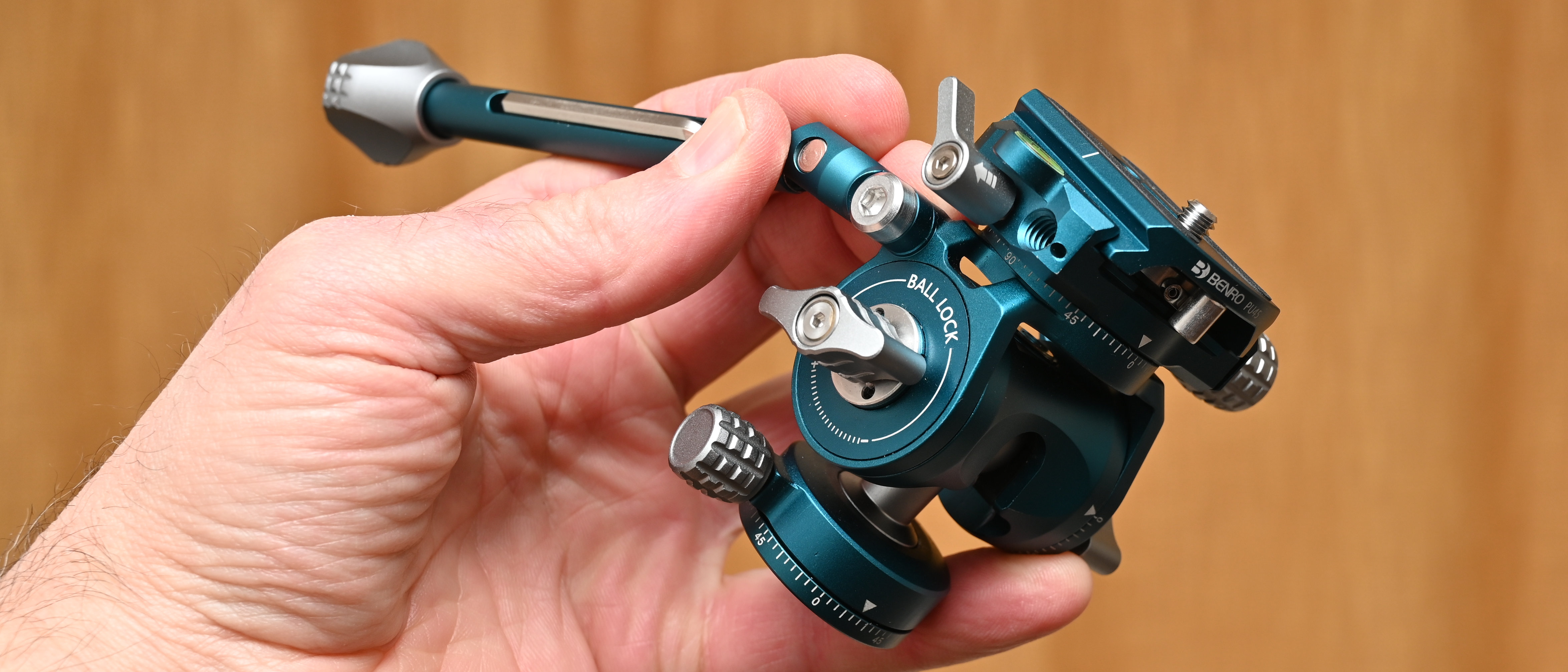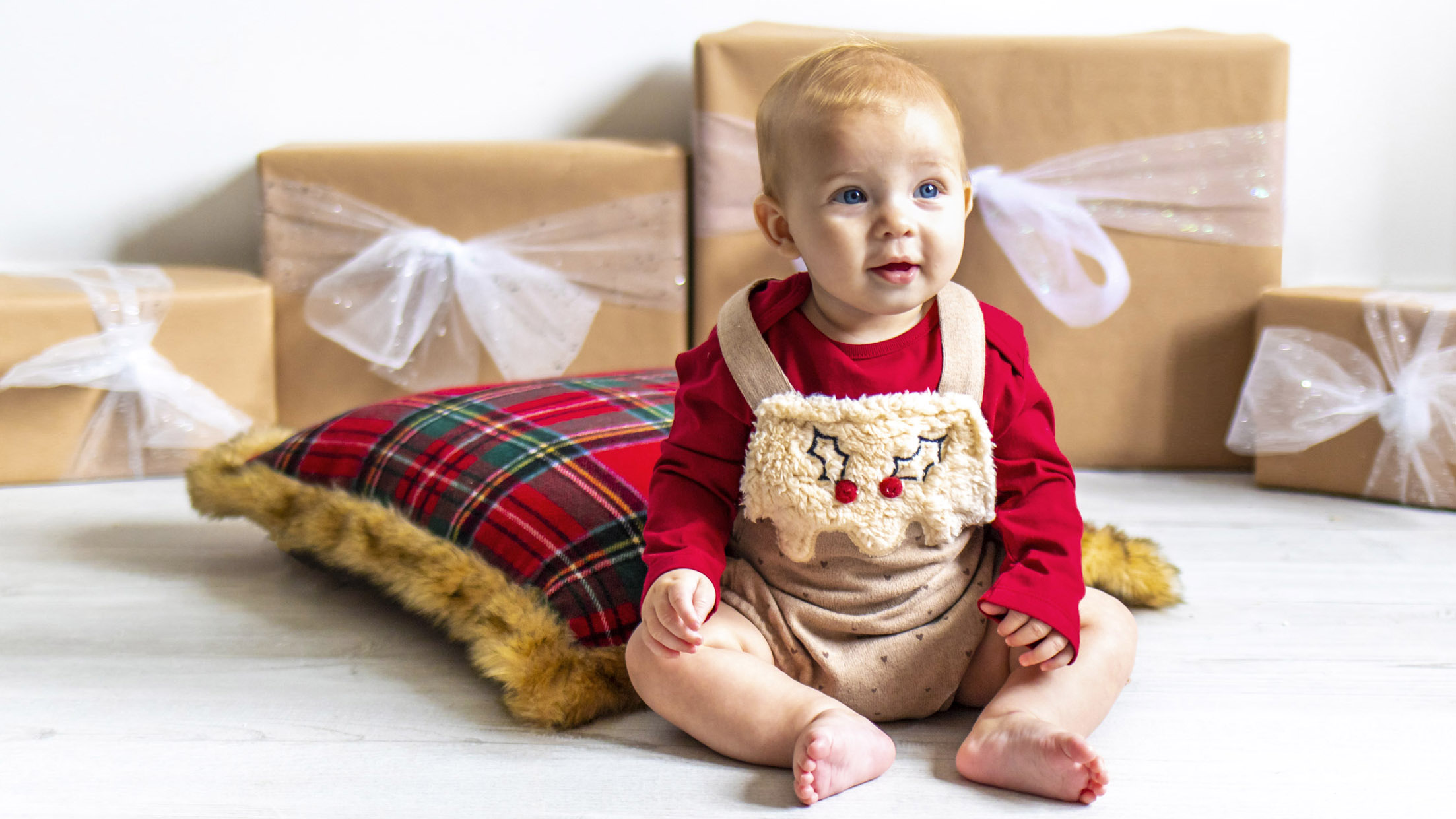
Taking great family photos can be a fulfilling and wholesome way of making some extra cash from your camera, and many portrait photographers turn it into full-time vocation. However, being a family photographer isn't without its challenges: children, toddlers and babies are often unpredicatable and can be difficult to get them at their best.
From toddler chaos and looking everywhere but the camera to full-blown tantrums, child portraiture can be extremely challenging to get right. That's why this month we teamed up a reader of PhotoPlus: The Canon Magazine, Jonathon Crook, for a masterclass in family portraiture with full-time family pro photographer Taylor Brady.
Taylor has been working as photographer for over a decade. She began by doing a Level 3 course in Photography before going on to do a foundation degree. She explored lots of different aspects of photography but portraiture was always the main interest. After completing her degree, Taylor set herself up as a freelance photographer working from a studio at home for newborn and family photo shoots, but she also outdoor shoots and on occasions weddings. See more of her lovely portraits on her Instagram.
Before you get started, you might also like to look at the best lenses for portrait photography – prime lenses for perfect portrait pictures.
1. Fast 35mm prime lens
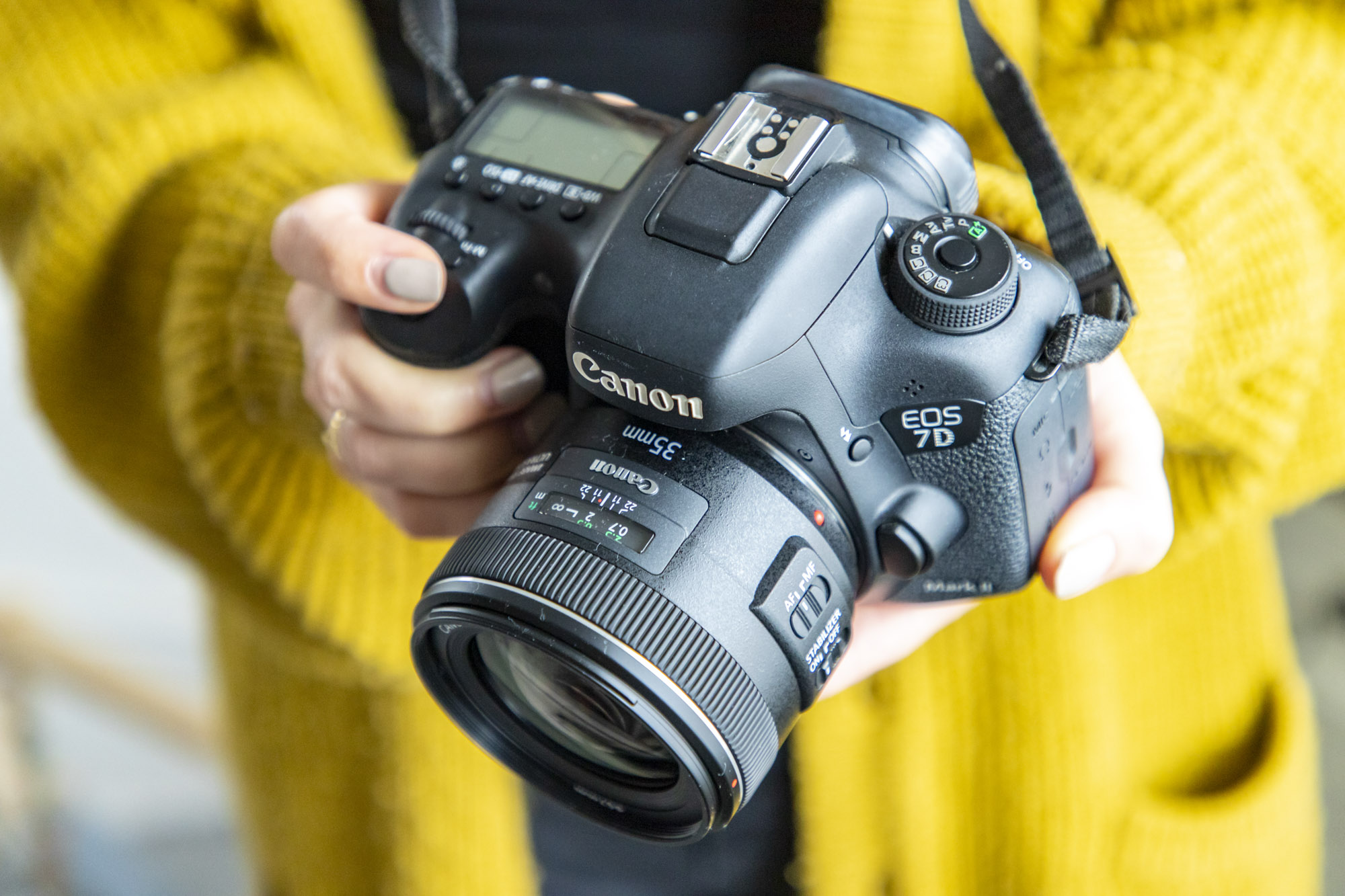
Taylor uses a Canon EF 35mm f/2 IS USM lens, which has an equivalent focal length of 56mm on her APS-C EOS 7D Mk II. This is an ideal focal length for mid-length portraits and has a wide maximum aperture of f/2, making it easy to blur backgrounds. It also has Image Stabilization to reduce camera-shake when hand-holding the camera and shooting using natural light.
2. Shoot in manual
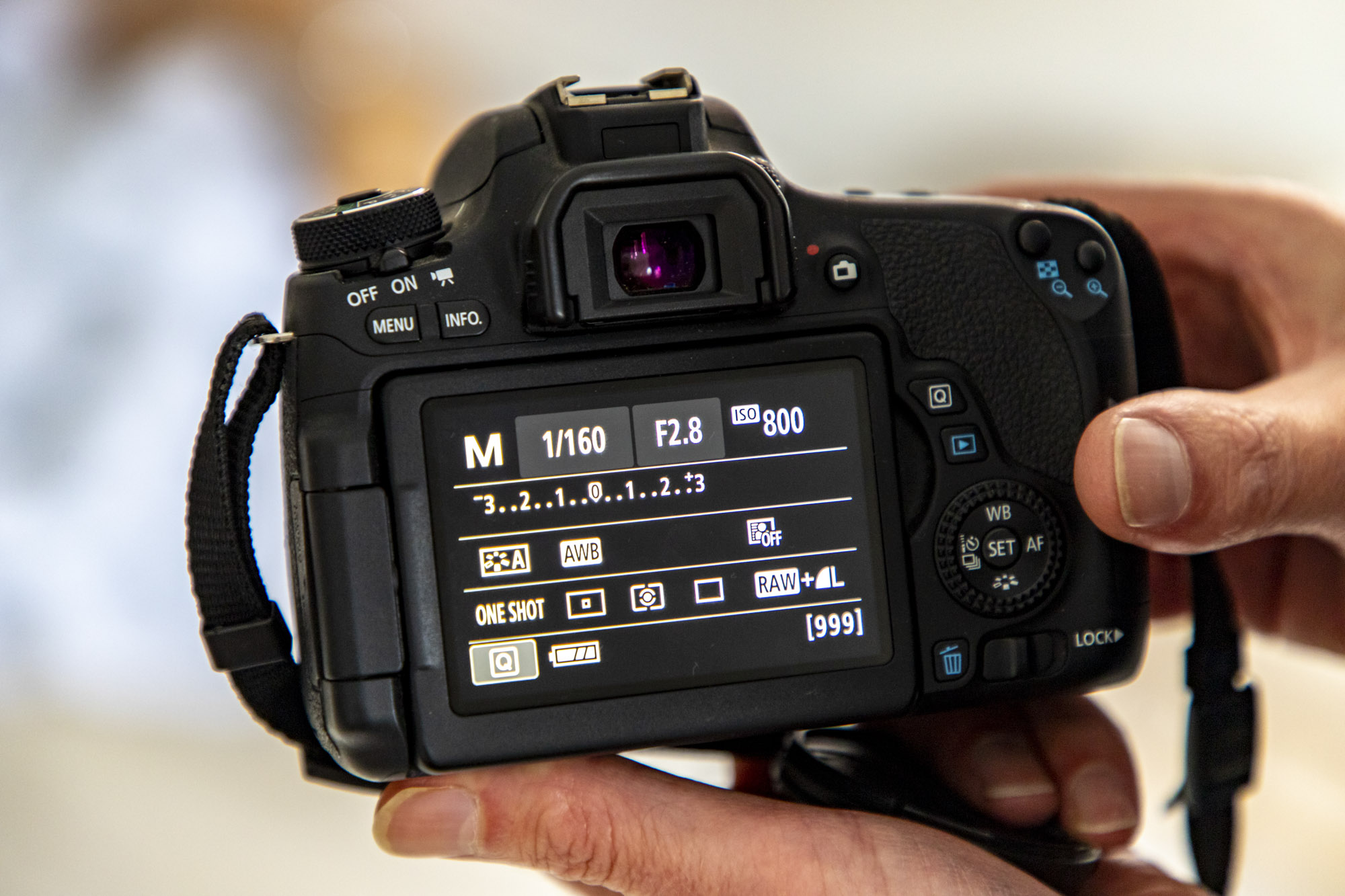
The portraits in the morning session were all going to be lit by the large window light in Taylor’s living room – this would give the images a soft, gentle feel, especially as the lighting was very overcast on the day. Thanks to the total cloud coverage, the lighting was really consistent, so Taylor set her camera, as well as Jonathan’s, to Manual mode and entered in settings of 1/160 sec, an aperture of f/2.8 and an ISO of 800 to lock them off.
3. Shoot Raw
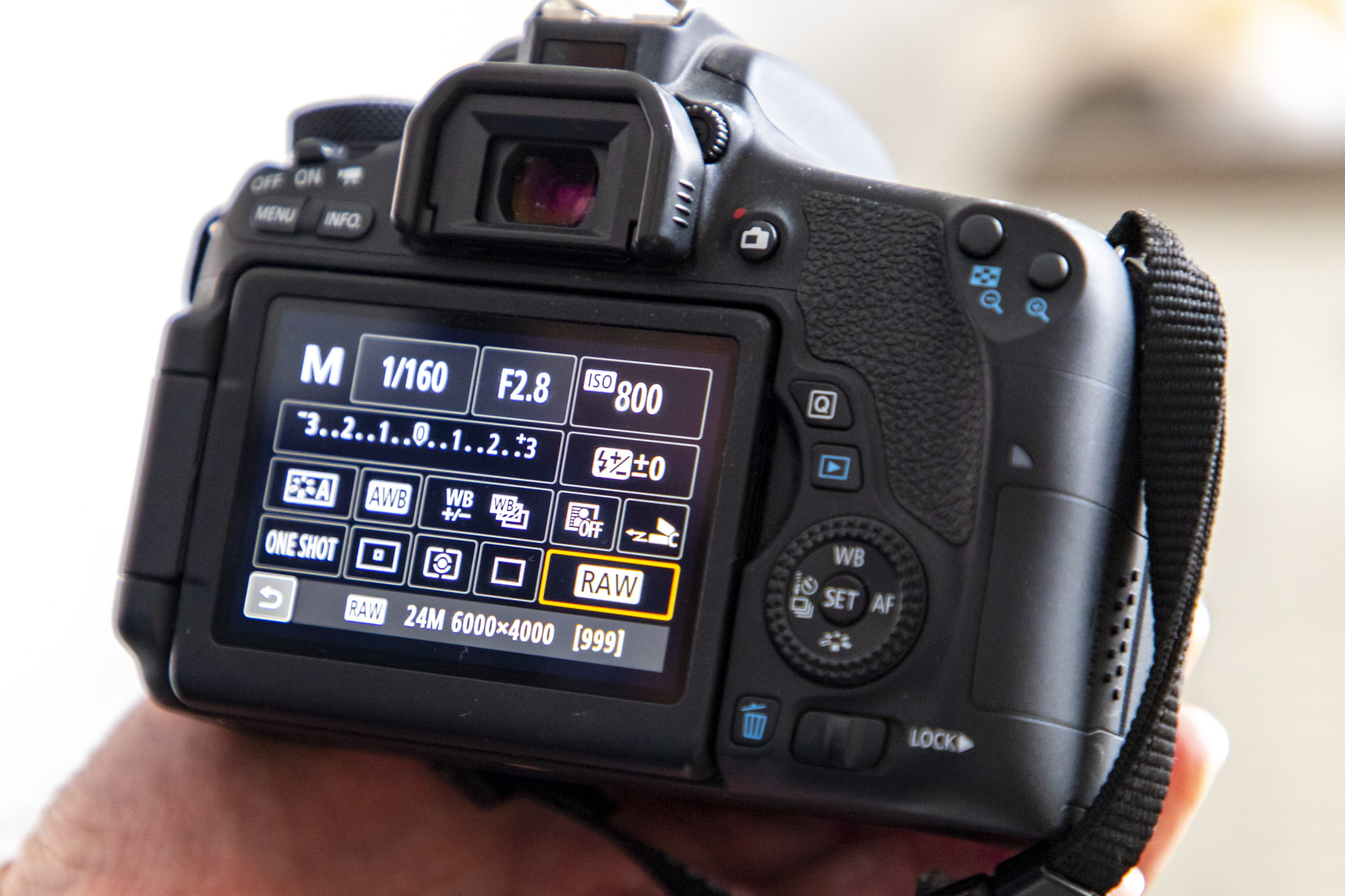
Taylor suggested Jonathan set his Canon EOS 760D to shoot Raw files, as these capture much more detail than the compressed JPEG files which are also processed in-camera. This detail is hugely beneficial, especially if the exposure is a little over- or undercooked and can help you restore blown out highlights or lift dark shadows with the push of a slider in software.
4. Use Face detection for easy focus

Face detection is getting increasingly better with each generation of Canon’s cameras. It can be a very handy AF when shooting little children or animals, which both have unpredictable movements. The algorithm finds the face and continually focuses on it until you take the shot.
5. Canon EOS 7D Mark II body
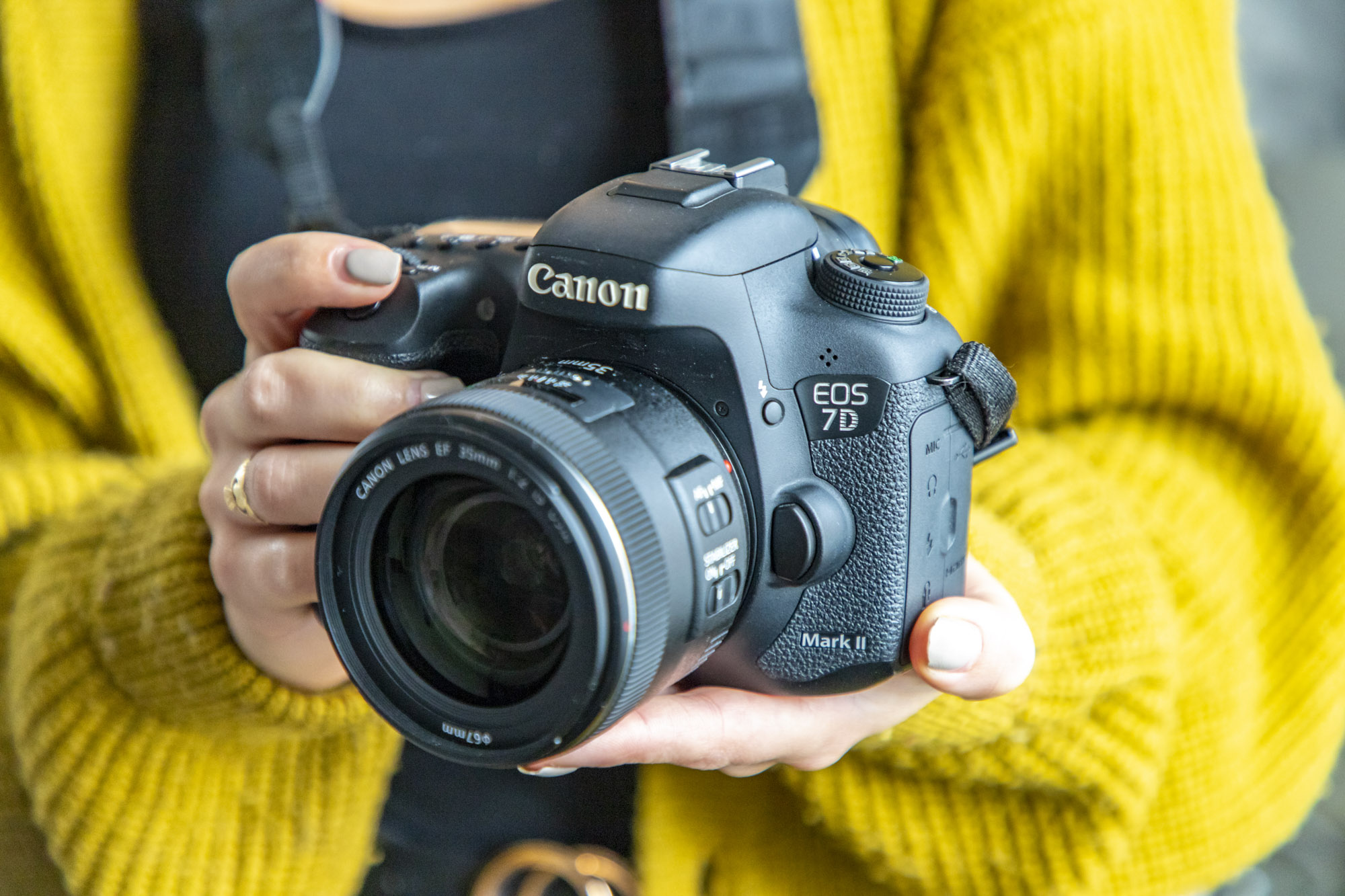
The 7D Mark II camera body is amazing for working in tough lighting scenes. Taylor often works with natural lighting rather than artificial flash. The high ISO performance is good and holds up well, and the Raw images provide loads of extra highlight and shadow detail. Taylor says she’d love to upgrade to a full-frame Canon in the future, but the 7D Mark II has served her so well that she’s not in a rush to go out and get one.
6. Get closer with a macro lens
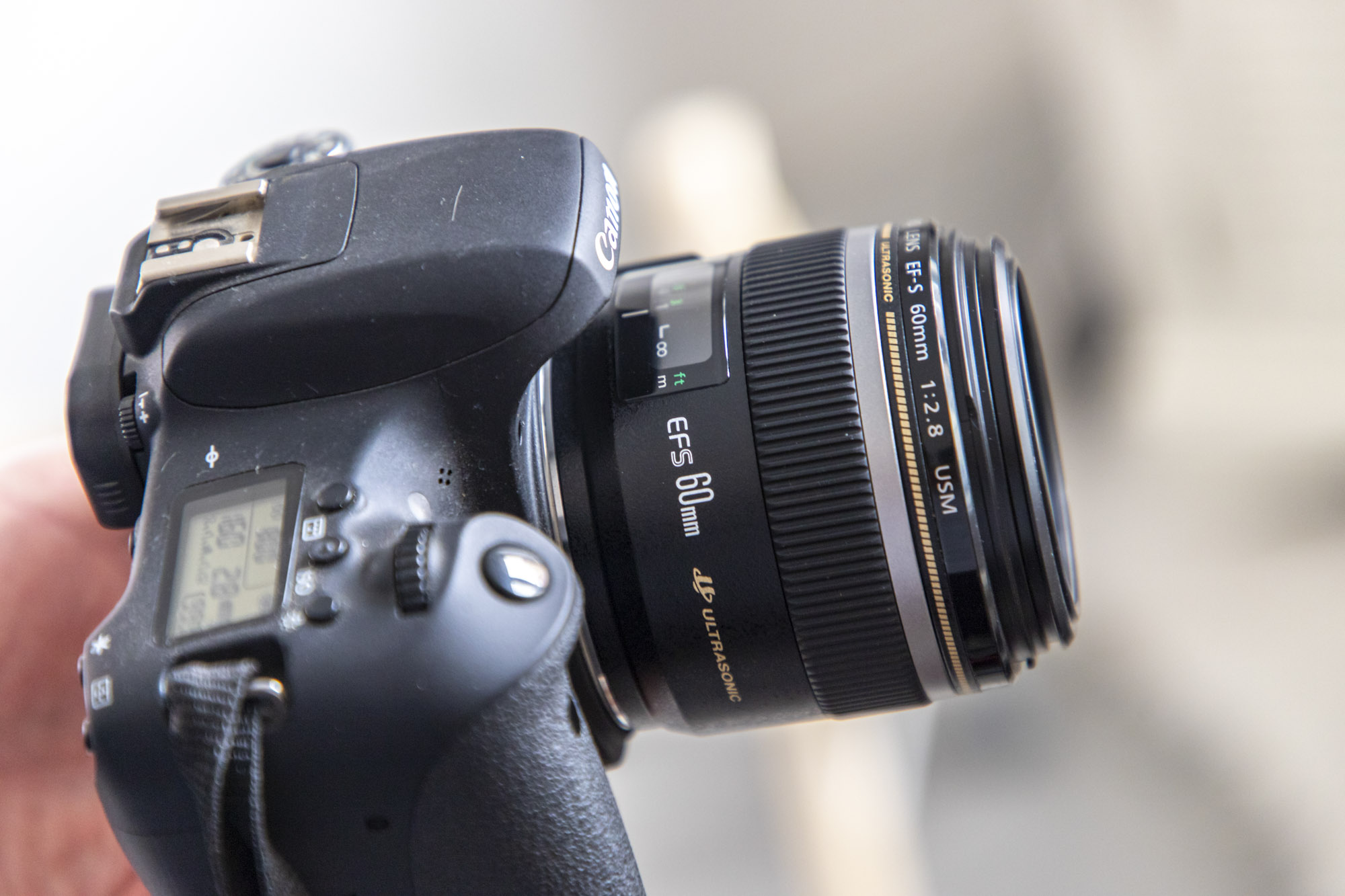
Macro lenses are great optics for portraits because not only do they allow you to get much closer than normal lenses, so you can focus on the finer details like an eye, or baby’s tiny hands, for example, they usually have wide apertures like f/2.8 making it easy for you to blur the backgrounds of your portraits.
7. A ‘nifty fifty’ prime lens
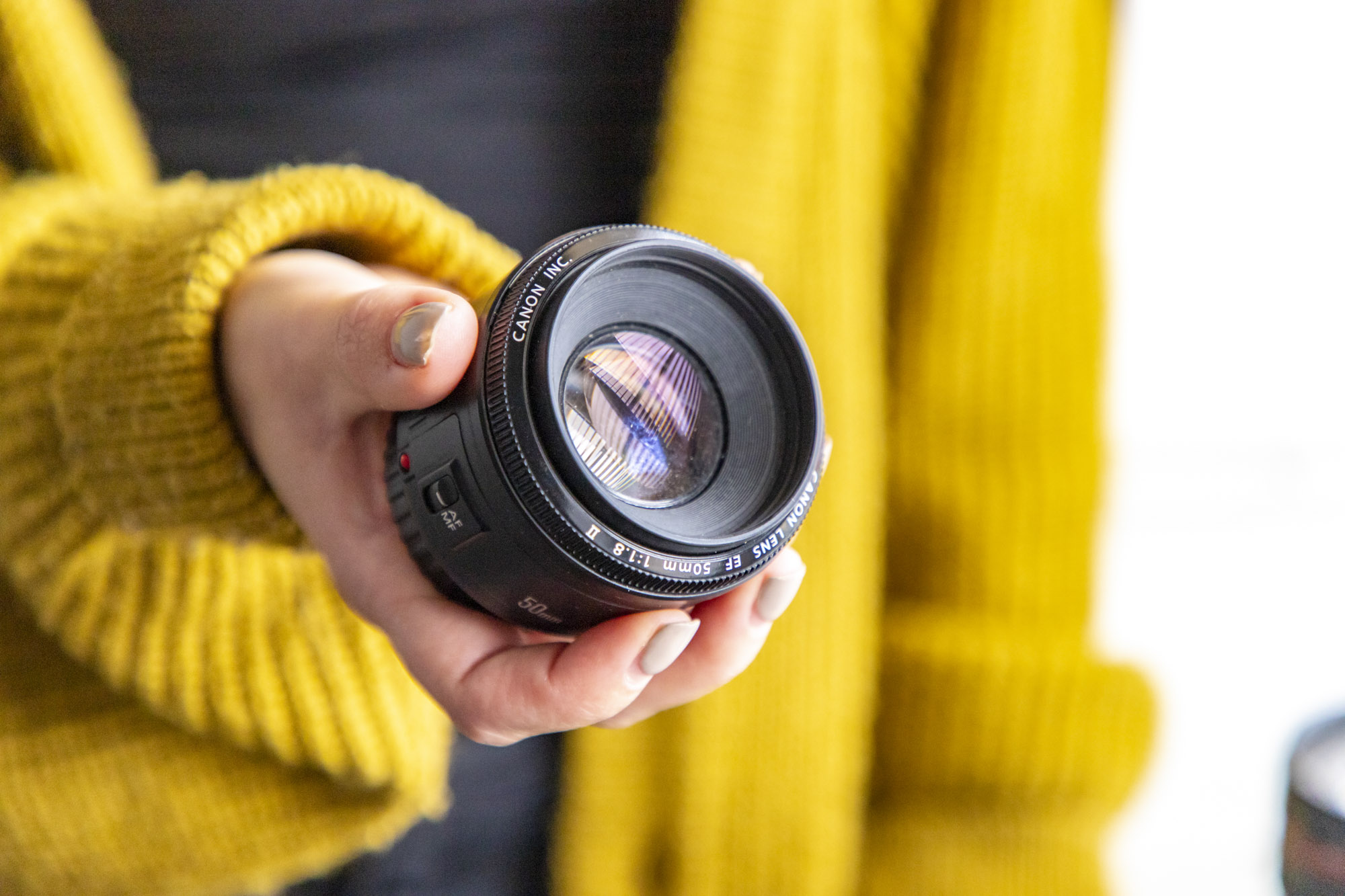
One of Taylor’s go-to lenses is Canon’s EF 50mm f/1.8 II as it has good image quality, being a prime, and a super fast f/1.8 maximum aperture, so it can flood the image sensor with light and create beautifully defocused backgrounds. These are often called ‘nifty fifty’ lenses, because they’re so affordable, with the new Canon EF 50mm f/1.8 STM lens retailing for just £99 brand-new.
8. Sculpt light with a reflector
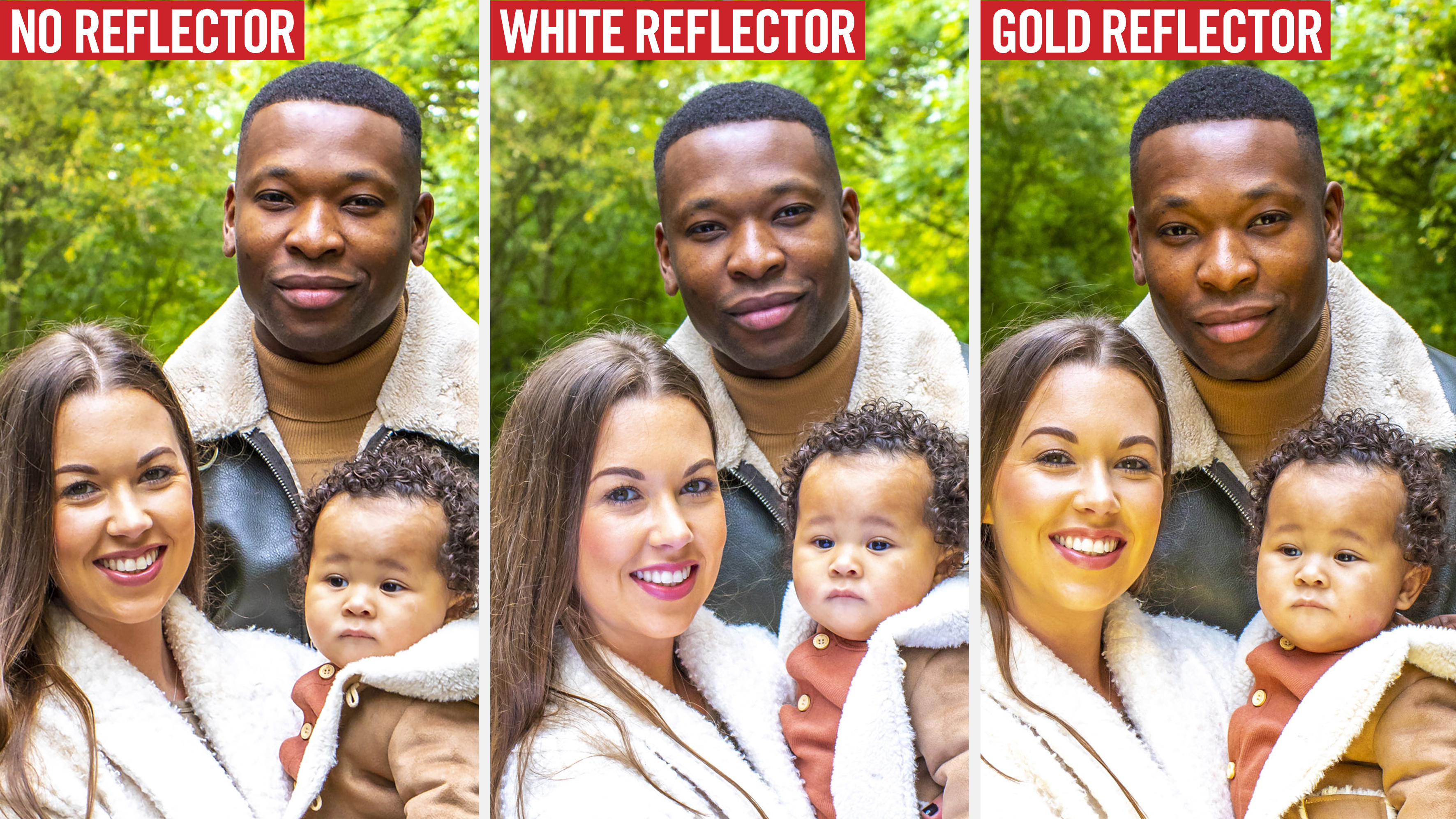
A reflector offers a huge bang for its buck as they’re inexpensive but make a big difference to your lighting. Whether you’re using the available natural light or flash, you can position a reflector carefully to fill in shadows and make the lighting look much more even. We used a 5-in-1 reflector which has Gold, Silver, White and Black sides as well as a diffuser when no skins were attached to the reflector frame. As you can see here the white side lifts shadows nicely while the gold side helps give them a warmer quality.
9. Keep them distracted
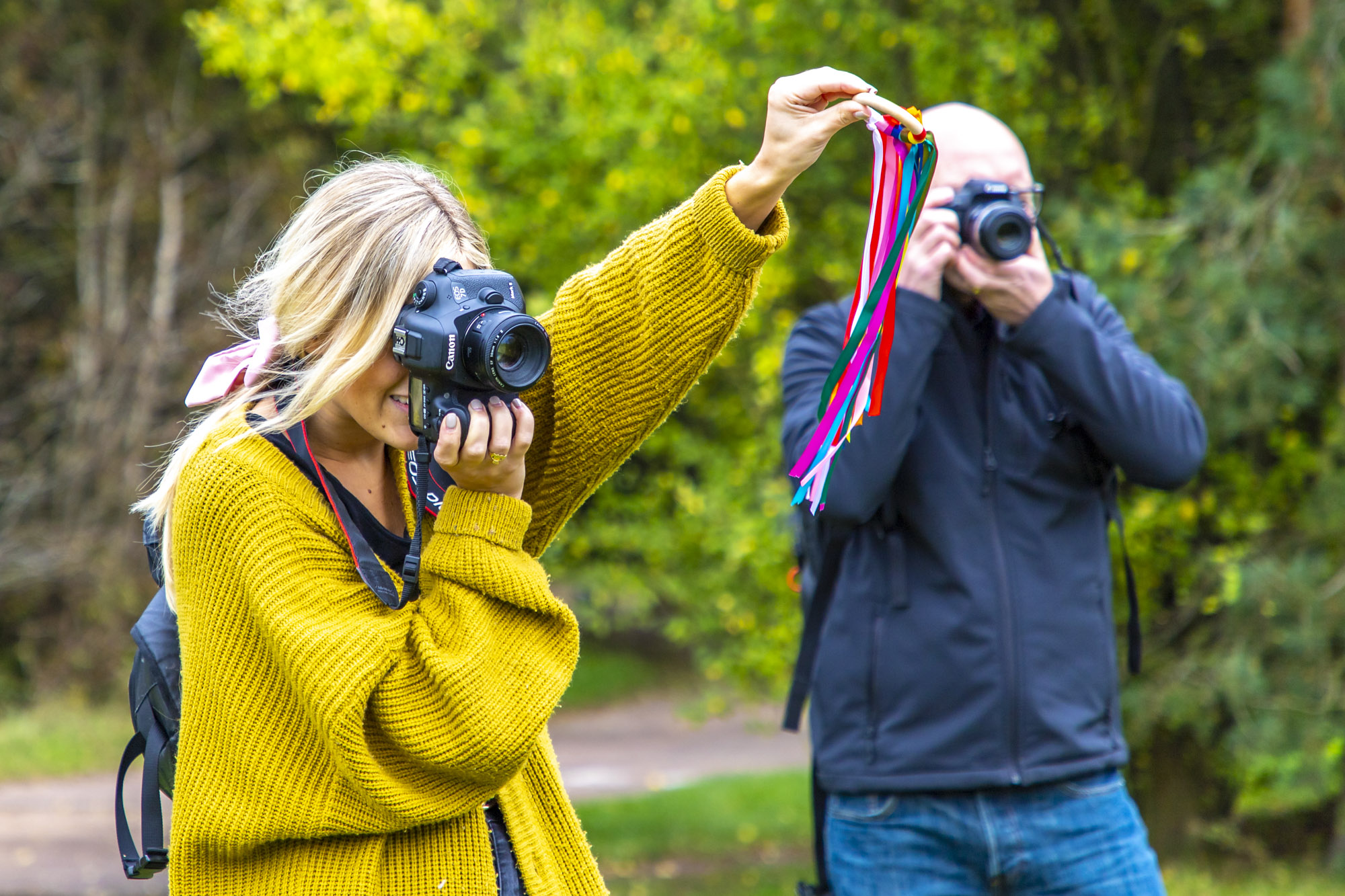
While it’s easy enough to ask the parents to look towards your camera, it’s not as simple with babies. Holding a colourful toy in one hand and waving it around, or having somebody else do this, usually works pretty well at getting the babies looking towards your camera, so you can take that perfect family photo.
10. Bring a brolly
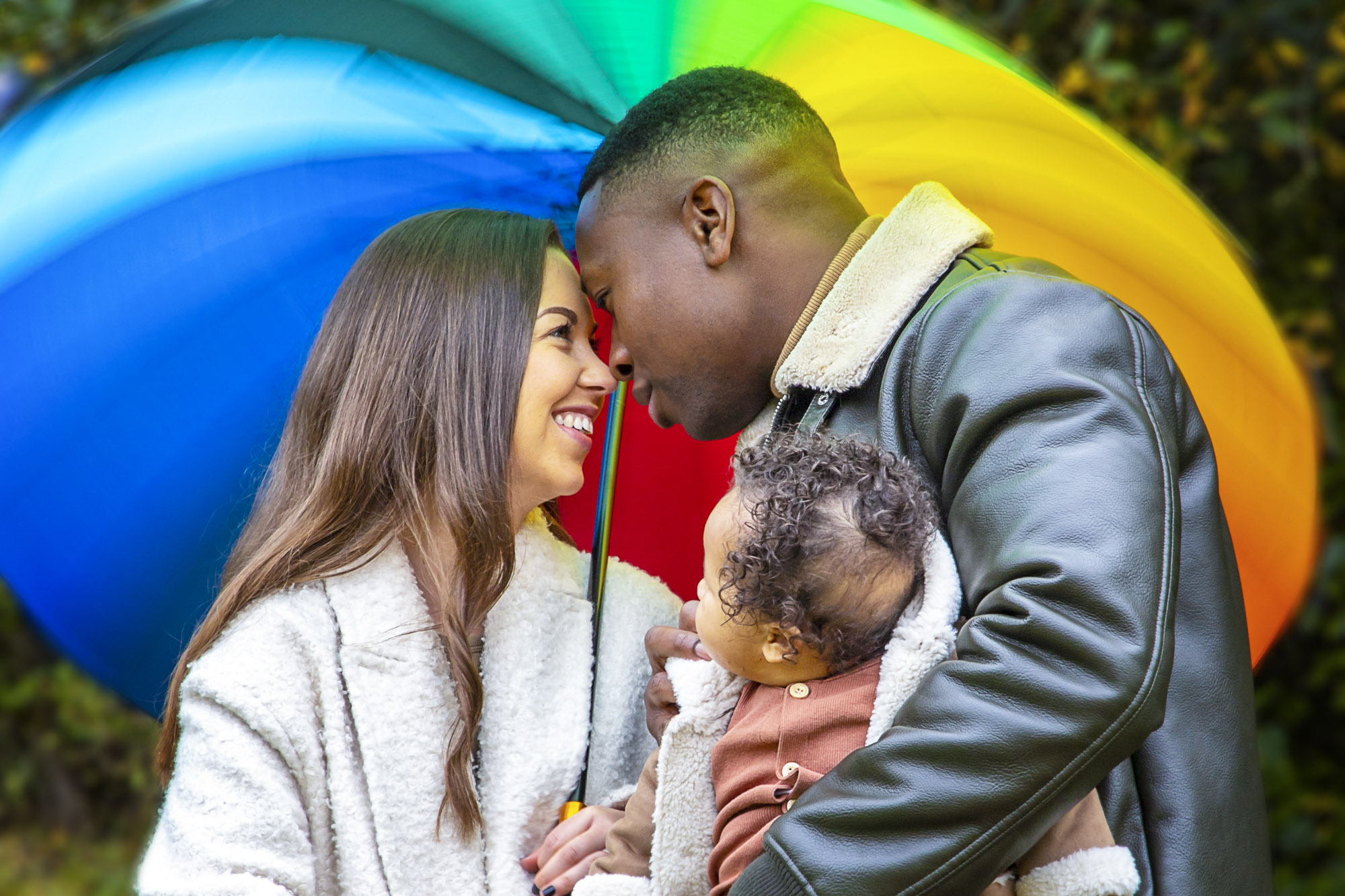
Taylor has a boot full of handy props for her shoots and when it began to rain lightly she reached for this colourful rainbow brolly. This helped keep our family dry while we waited for the rain to pass and provided some fun photo opportunities too. We asked Sophie to twirl the umbrella, we then used a slow shutter speed to blur the colours for a vibrant backdrop.
PhotoPlus: The Canon Magazine is the world's only monthly newsstand title that's 100% devoted to Canon, so you can be sure the magazine is completely relevant to your system. Every issue comes with downloadable video tutorials too.
Get the Digital Camera World Newsletter
The best camera deals, reviews, product advice, and unmissable photography news, direct to your inbox!

Deputy Editor on PhotoPlus: The Canon Magazine, Dan also brings his technical wizardry and editing skills to Digital Camera World. He has been writing about all aspects of photography for over 10 years, having previously served as technical writer and technical editor for Practical Photography magazine, as well as Photoshop editor on Digital Photo.
Dan is an Adobe-certified Photoshop guru, making him officially a beast at post-processing – so he’s the perfect person to share tips and tricks both in-camera and in post. Able to shoot all genres, Dan provides news, techniques and tutorials on everything from portraits and landscapes to macro and wildlife, helping photographers get the most out of their cameras, lenses, filters, lighting, tripods, and, of course, editing software.

